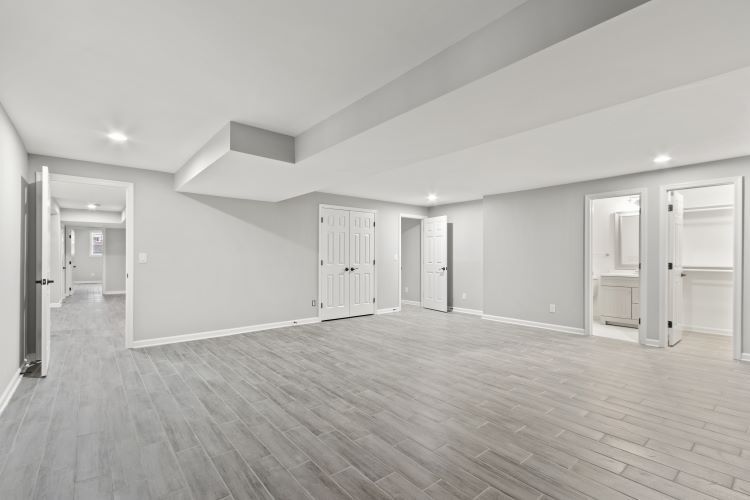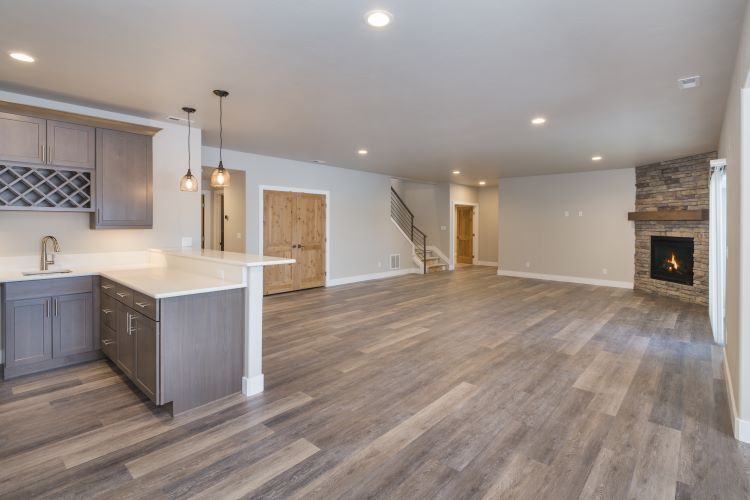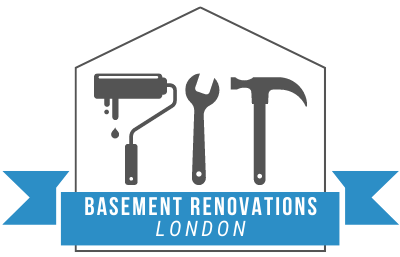Overcoming Challenges in Basement Remodeling

Remodeling a basement can transform an underutilized space into a functional, comfortable, and attractive part of your home. However, basement renovations come with their unique set of challenges. At Basement Renovations London, we understand these challenges and are here to help you navigate them successfully. In this article, we’ll explore the common challenges encountered in basement remodeling and provide tips on how to overcome them.
1. Moisture and Water Damage
Challenge:
Basements are prone to moisture and water intrusion, which can lead to mold, mildew, and structural damage.
Solution:
Start by addressing any existing water issues. This may include repairing foundation cracks, improving drainage systems, or installing a sump pump. Waterproofing the basement with sealants and vapor barriers can also prevent future moisture problems. Ensure proper ventilation to reduce humidity levels and prevent mold growth.
2. Limited Natural Light
Challenge:
Basements typically have limited windows, resulting in a lack of natural light, which can make the space feel dark and uninviting.
Solution:
Maximize the available natural light by using light-colored paint and reflective surfaces. Consider installing larger egress windows or light wells to bring in more daylight. Supplement with strategically placed artificial lighting, such as recessed lights, track lighting, and floor lamps, to create a bright and welcoming environment.
3. Low Ceilings
Challenge:
Low ceilings are a common issue in basements, making the space feel cramped and less functional.
Solution:
Opt for low-profile lighting fixtures to maximize headroom. Use vertical design elements, such as tall bookshelves and floor-to-ceiling curtains, to draw the eye upward and create a sense of height. In some cases, you might be able to lower the floor or raise the ceiling, but these options can be more complex and costly.
4. Structural Constraints
Challenge:
Basements often have structural elements like support beams, posts, and HVAC systems that can interfere with design plans.
Solution:
Work around these elements by incorporating them into your design. Enclose beams and posts with drywall or decorative columns to make them less obtrusive. Use built-in cabinetry or storage solutions to conceal ductwork and pipes. Collaborate with a structural engineer to ensure any modifications maintain the integrity of the home.
5. Code Compliance and Permits
Challenge:
Basement renovations must comply with local building codes, which can include requirements for egress windows, ceiling heights, and electrical and plumbing systems.
Solution:
Hire a professional contractor who is familiar with local building codes and regulations. They can help you navigate the permitting process and ensure that your renovation meets all necessary standards. This will not only ensure safety but also prevent potential issues when selling your home in the future.
6. Insulation and Temperature Control
Challenge:
Basements can be difficult to insulate properly, leading to temperature fluctuations and higher energy costs.
Solution:
Use high-quality insulation materials designed for basements, such as rigid foam or spray foam insulation. Install thermal barriers and ensure that all walls, floors, and ceilings are properly insulated. Consider adding radiant floor heating or a dedicated HVAC system to maintain a comfortable temperature year-round.
7. Proper Ventilation
Challenge:
Basements often suffer from poor air circulation, which can lead to stale air and unpleasant odors.
Solution:
Improve ventilation by installing exhaust fans, air purifiers, and dehumidifiers. Ensure that your HVAC system is adequately sized to handle the basement area and that vents are properly placed to facilitate air movement. Regularly check and clean ducts and filters to maintain good air quality.
8. Design Cohesion with the Rest of the Home
Challenge:
Creating a basement space that feels cohesive with the rest of the home can be challenging, especially if the basement has a different aesthetic or layout.
Solution:
Use similar design elements, colors, and materials as the rest of your home to create a seamless transition between spaces. Incorporate your personal style while maintaining consistency with the overall design of your home. Hiring an interior designer can help ensure that your basement renovation complements the rest of your living space.
Conclusion
Basement renovations can be challenging, but with careful planning and the right approach, you can overcome these obstacles and create a beautiful, functional space. At Basement Renovations London, we have the expertise and experience to help you navigate these challenges and bring your vision to life. Contact us today to learn more about how we can assist with your basement renovation project and transform your basement into a valuable part of your home.
You might also like



Basement Renovations London
Your local renovation experts
Navigation
Navigation
Services
Working hours
- Mon - Sat
- -
- Sunday
- Closed
Copyright Basement Renovations London | Proudly Powered by Snapps

